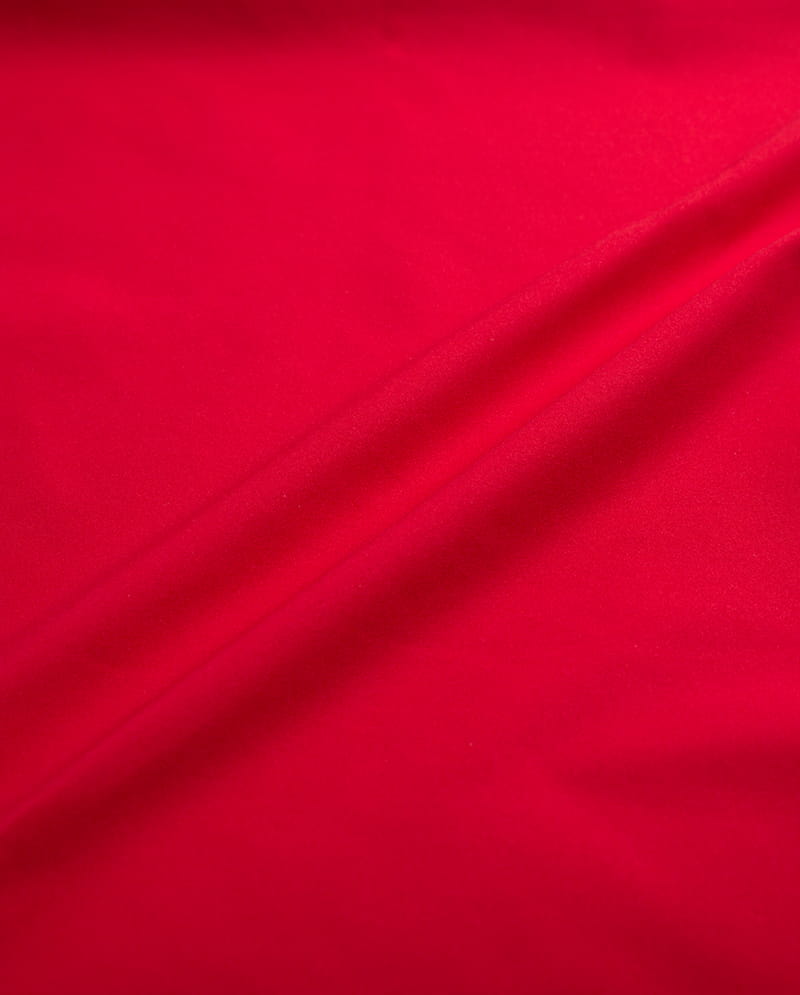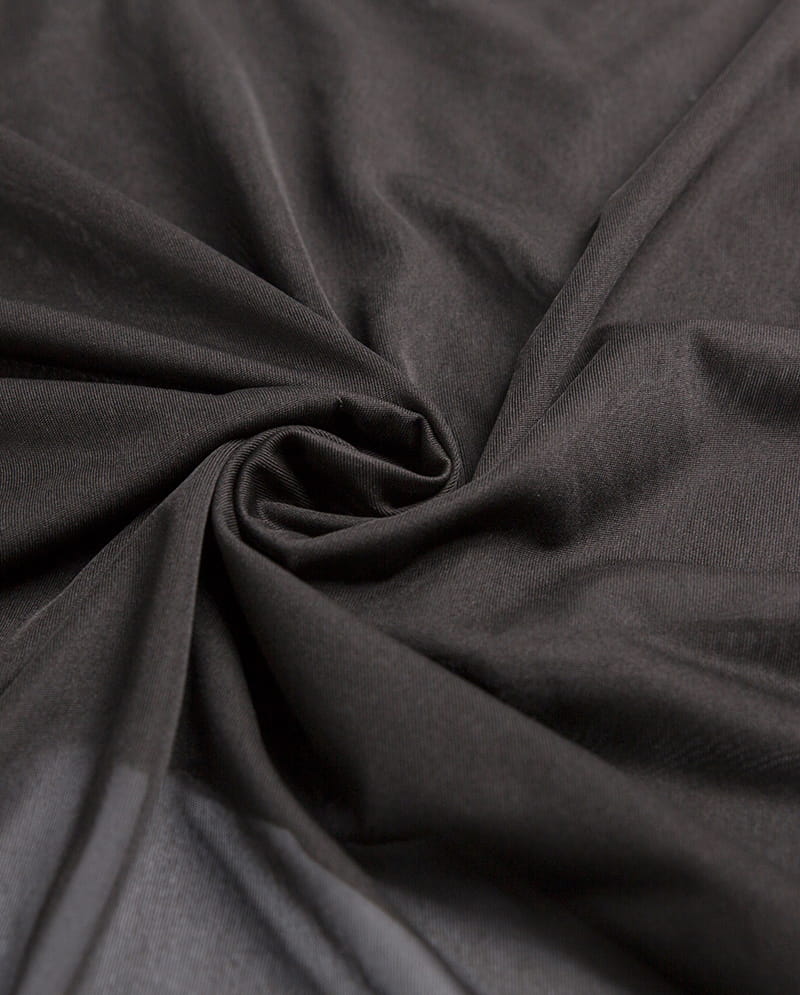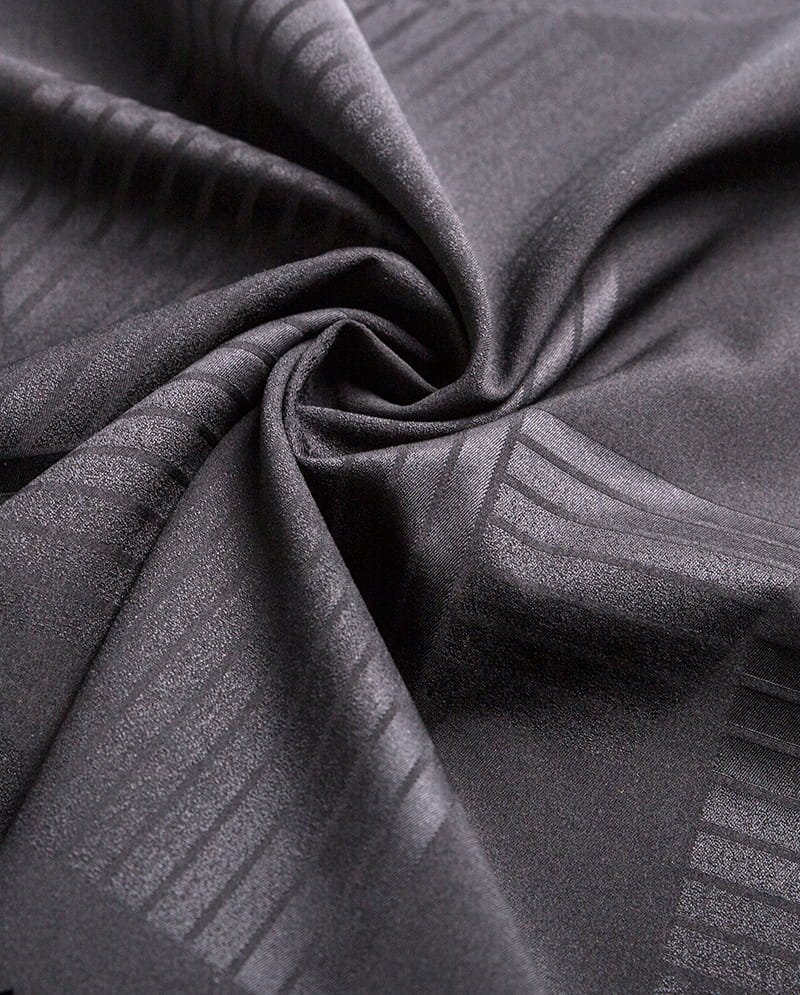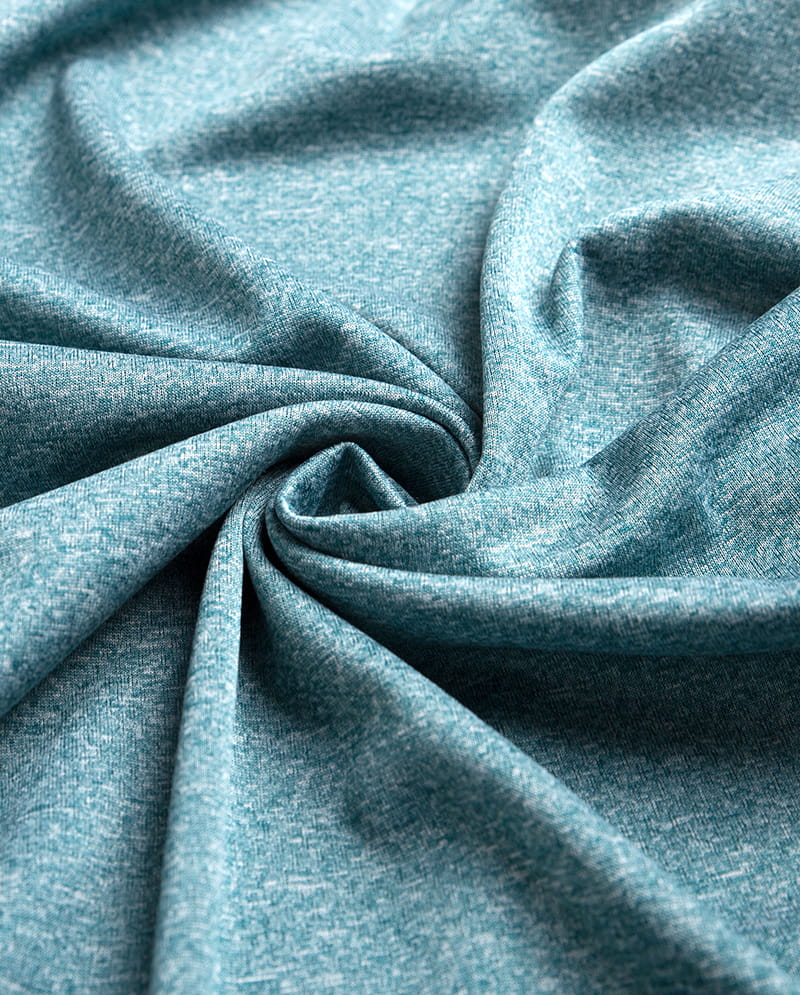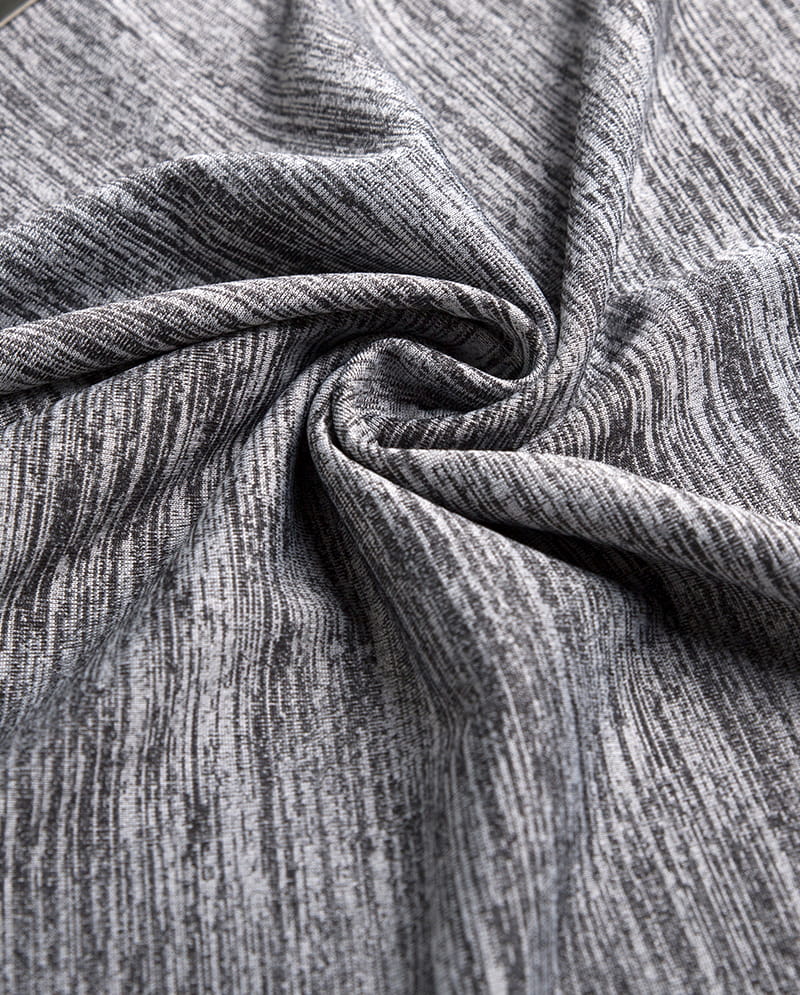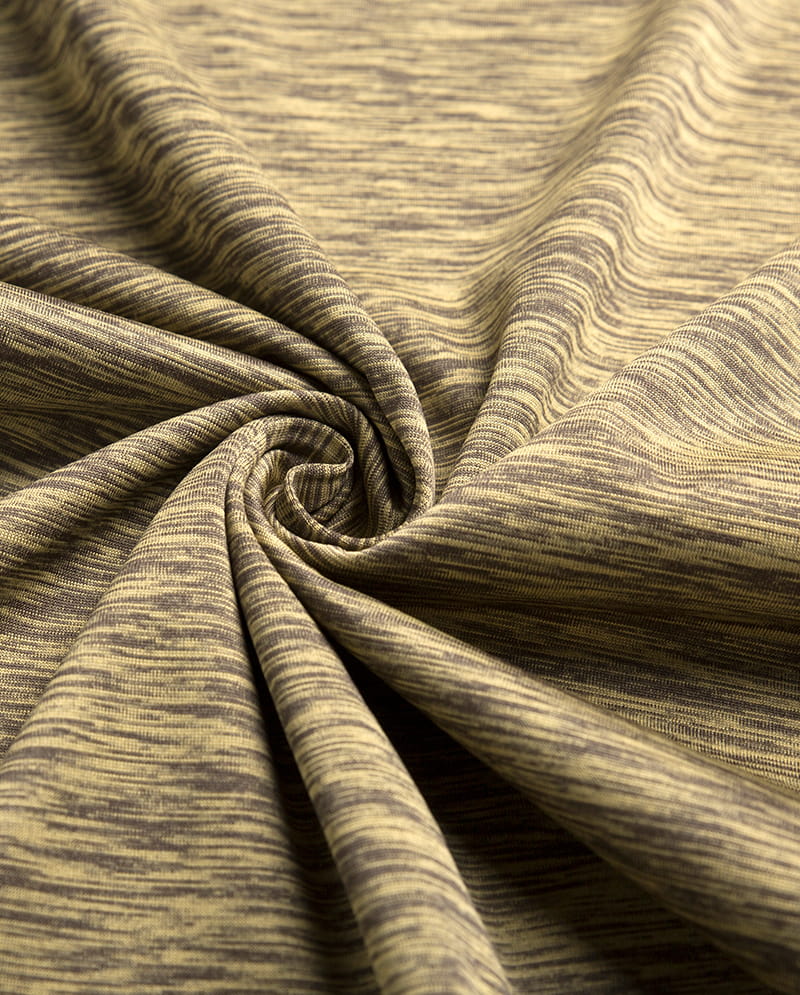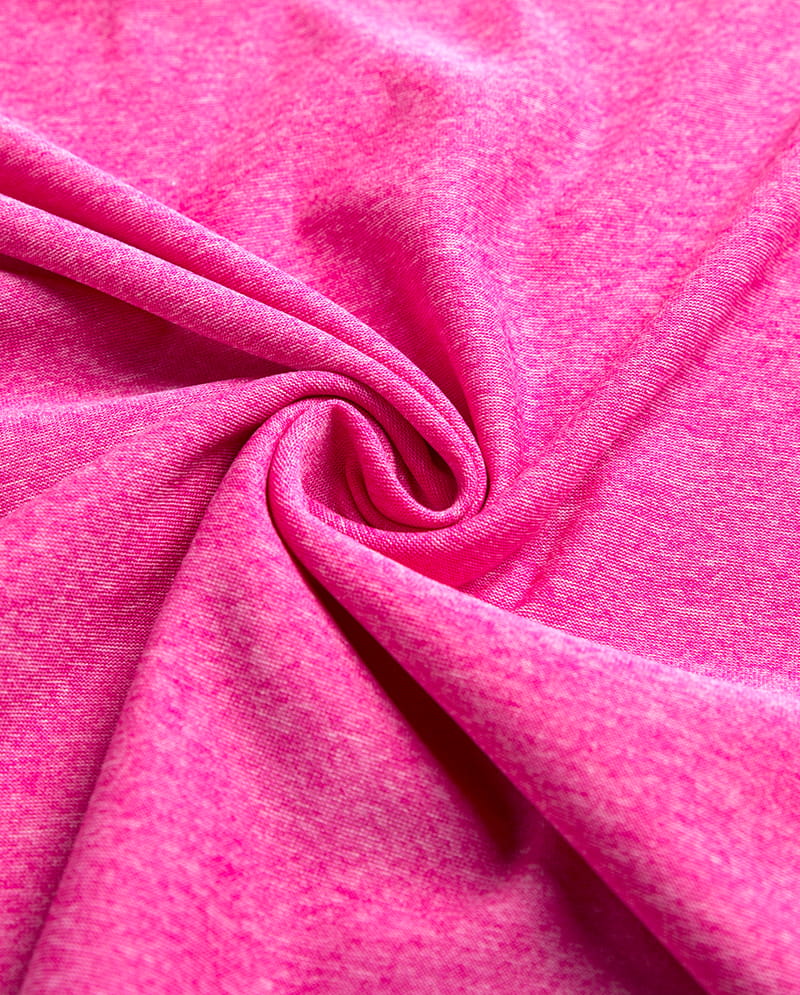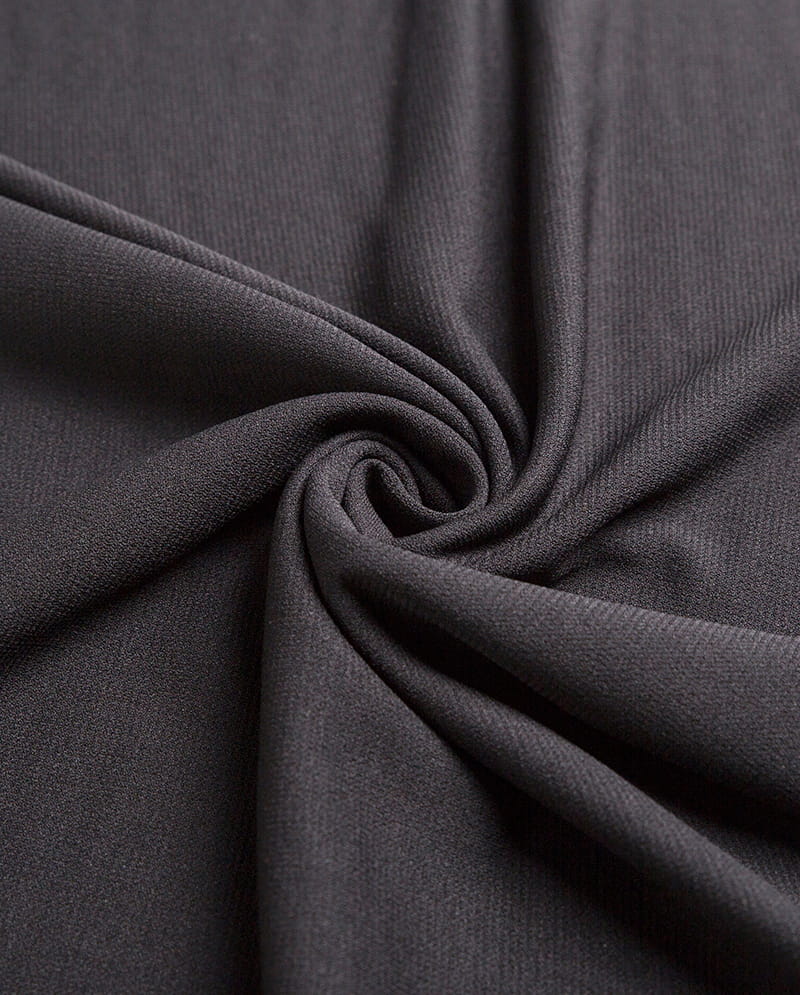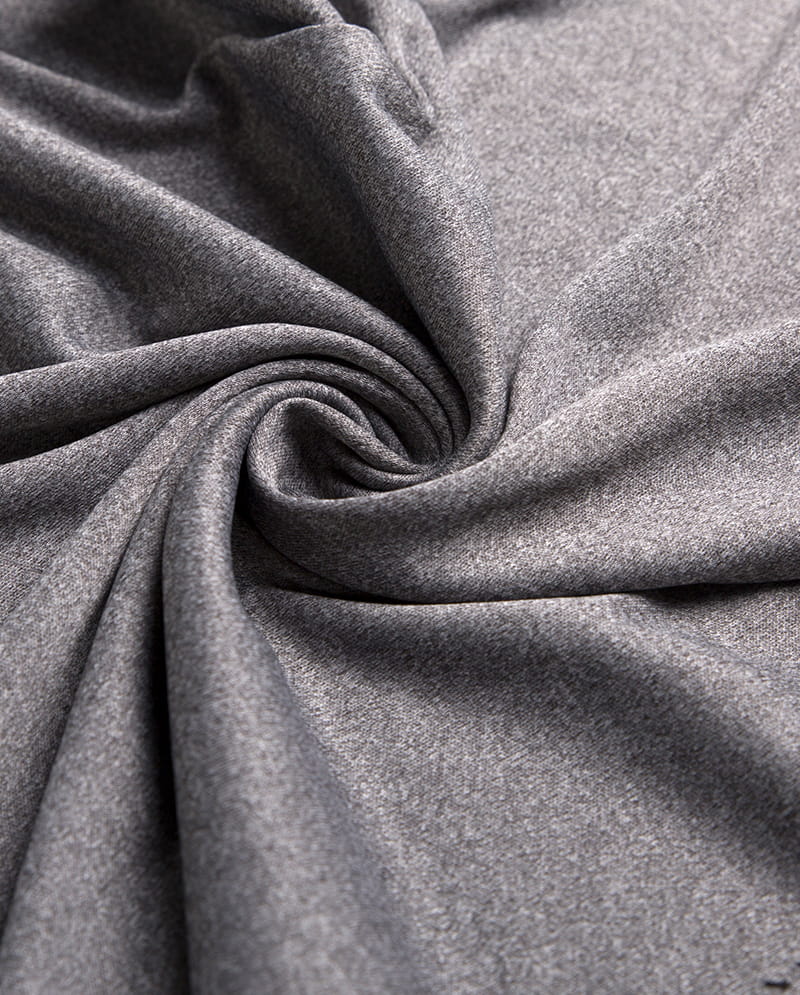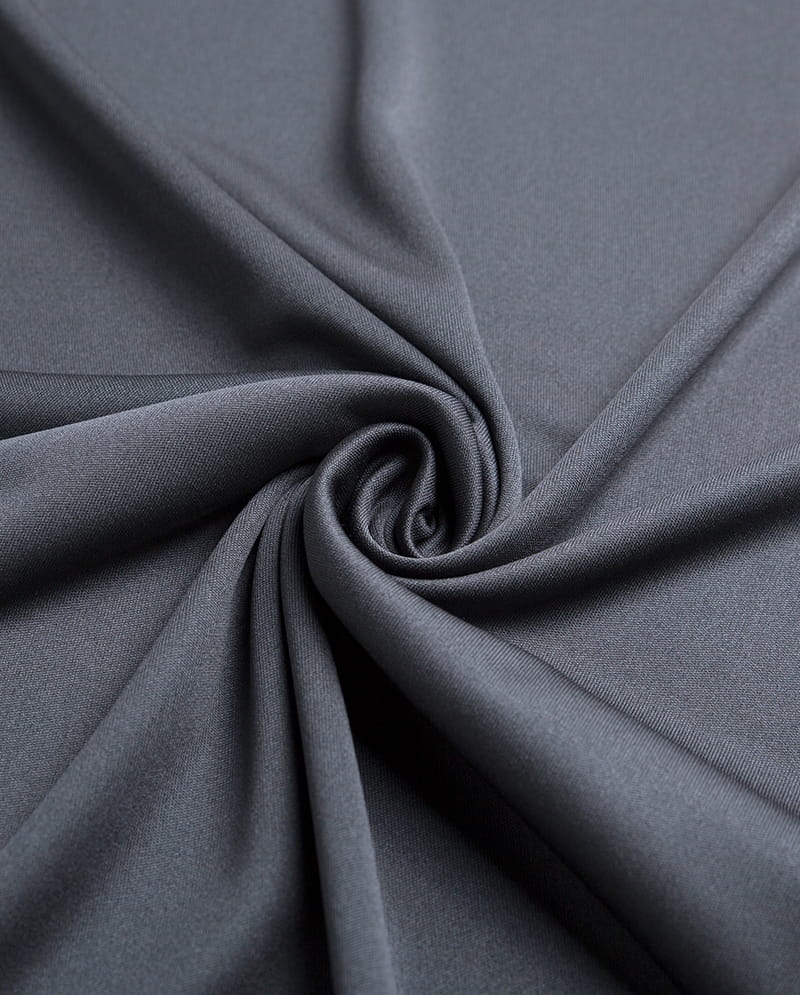Does Recycled Yarn Maintain Colorfastness and Strength After Washing
The growing awareness of environmental protection has led many textile manufacturers and consumers to seek sustainable alternatives in fabric production. Among these alternatives, recycled yarn has emerged as an important material that supports waste reduction and resource efficiency. It is made by reprocessing discarded textiles or plastic bottles into new fibers, thereby reducing the need for virgin resources. However, as more industries and consumers consider using recycled yarn, one key concern arises: does recycled yarn maintain its colorfastness and strength after washing?
This question is critical because fabrics made from recycled yarn must not only be sustainable but also functional and durable. To understand this issue, it is essential to explore how recycled yarn is made, how washing affects it, and what can be done to improve its long-term performance.
1. Understanding Recycled Yarn and Its Composition
Recycled yarn is produced by transforming waste materials into usable fibers through mechanical or chemical processes. Mechanical recycling involves shredding old textiles or plastic bottles into smaller fragments, cleaning them, and then spinning them into yarn again. Chemical recycling, on the other hand, breaks materials down to their basic molecular level before regenerating them into new fibers.
The type of raw material used greatly affects the final yarn’s quality and properties. For example, recycled polyester yarns made from PET bottles tend to have good strength and resistance to wear, while recycled cotton yarns, often made from old garments or textile scraps, may have shorter fibers that influence durability and texture.
Because recycled yarns are produced from varied sources, their characteristics such as colorfastness and tensile strength can vary more than those of virgin yarns. Yet, with advancements in recycling technology, the quality gap has been gradually narrowing.
2. The Concept of Colorfastness and Why It Matters
Colorfastness refers to the ability of a dyed fabric to retain its color when exposed to external factors like washing, sunlight, and rubbing. A fabric with good colorfastness maintains its original shade over time, while poor colorfastness leads to fading, bleeding, or discoloration.
Colorfastness is essential for both appearance and performance. Consumers expect clothing and home textiles to maintain a fresh look even after repeated washing. For industrial and professional applications, such as uniforms and upholstery, color stability also contributes to maintaining brand identity and a professional appearance.
In recycled yarns, colorfastness depends largely on the dyeing process, the fiber type, and the previous history of the recycled material. If the raw materials come from fabrics that were already dyed, their color retention properties can differ depending on the stability of the original dyes.
3. Factors Affecting Colorfastness in Recycled Yarn
Several factors influence how well recycled yarn retains its color after washing.
1. Fiber Type and Source
Natural fibers like cotton or wool absorb dyes differently from synthetic fibers like polyester or nylon. Recycled cotton yarn, for instance, may have uneven dye uptake due to differences in fiber length and purity. Recycled polyester, on the other hand, often retains color well because the dye molecules bond chemically with the fiber structure.
2. Recycling Method
In mechanical recycling, fibers can become shorter and less uniform, which may lead to variations in how the dye penetrates. In chemical recycling, fibers are regenerated at a molecular level, resulting in a more uniform structure that can improve dye affinity and colorfastness.
3. Dyeing Technique
Recycled yarn can be dyed either before or after it is spun. Solution dyeing, commonly used for synthetic recycled yarns, involves adding pigments during fiber formation. This method offers excellent colorfastness because the color becomes an integral part of the fiber. Conventional dyeing processes applied after spinning can yield varied results depending on dye type and fiber reactivity.
4. Washing Conditions
Repeated washing, high temperatures, and harsh detergents can all contribute to fading. The mechanical agitation of washing machines can also loosen surface dyes, especially on natural recycled fibers.
4. How Washing Affects the Strength of Recycled Yarn
In addition to colorfastness, fabric strength is another major consideration. Washing can gradually weaken yarn fibers, particularly if they are shorter or more brittle due to the recycling process.
Fiber Length and Integrity
During mechanical recycling, fibers are cut and shredded, resulting in shorter strands. Shorter fibers do not interlock as tightly during spinning, leading to lower tensile strength. Over time, washing and friction can accelerate wear and tear, especially in fabrics that experience frequent use.
Moisture and Heat Exposure
Repeated exposure to water and heat can alter the internal structure of fibers. Natural recycled fibers may swell when wet, weakening their inter-fiber bonds. Synthetic fibers such as recycled polyester are more resilient, but extreme heat during washing or drying may still cause deformation.
Chemical Effects of Detergents
Certain detergents contain bleaching agents or strong alkalines that can damage fiber surfaces. When used repeatedly, they can strip color and reduce the yarn’s overall strength. Choosing mild detergents and lower washing temperatures can help preserve both the fabric’s appearance and structure.
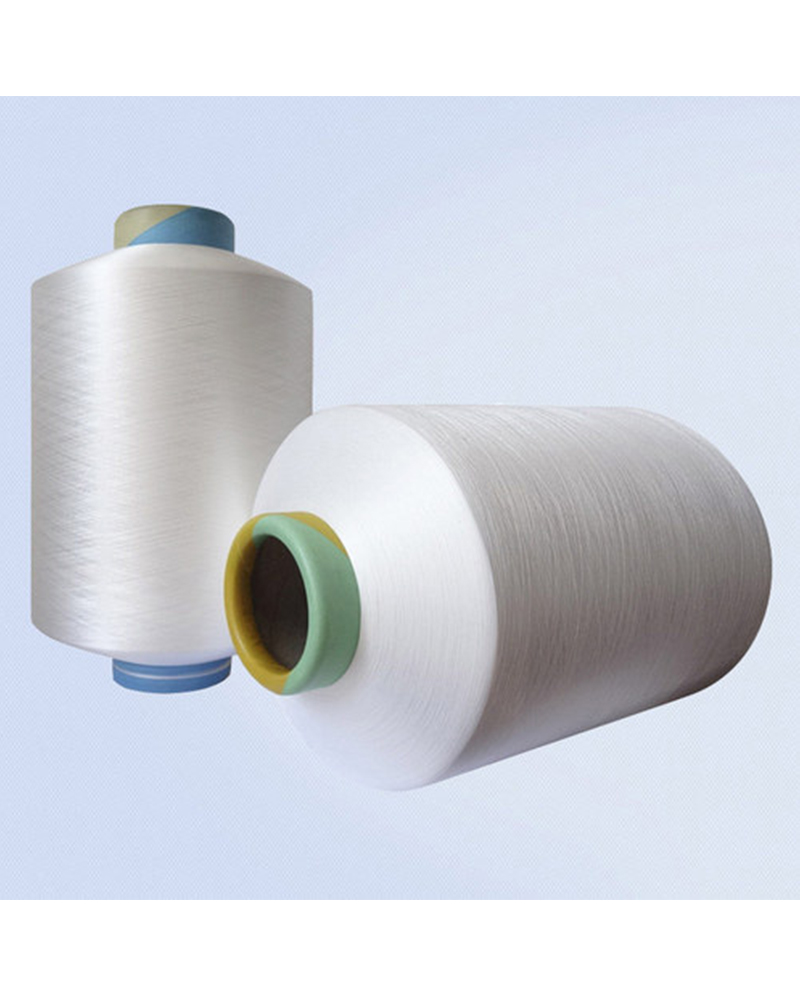
5. Comparing Recycled and Virgin Yarns in Durability
Recycled yarns have improved dramatically in recent years. While early recycled fibers often showed noticeable differences in colorfastness and strength compared to virgin materials, modern processes have reduced these gaps.
Recycled Polyester
Recycled polyester yarn is often praised for maintaining high strength and good colorfastness even after multiple wash cycles. The polymer chains are relatively stable, and when properly processed, recycled polyester can perform almost identically to virgin polyester.
Recycled Cotton
Recycled cotton yarns may experience some reduction in strength due to shorter fiber lengths. However, when blended with virgin cotton or synthetic fibers, the resulting yarn achieves improved strength and durability. Colorfastness in recycled cotton can also be optimized through high-quality dyeing techniques and better fiber selection.
Recycled Blends
Many textile producers now combine recycled and virgin fibers to balance sustainability with performance. These blends often show reliable color retention and sufficient tensile strength for everyday use, offering a practical compromise between eco-friendliness and product longevity.
6. Testing Colorfastness and Strength in Recycled Yarn
To ensure consistent quality, recycled yarns undergo standardized testing to measure their performance.
Colorfastness Testing
Common methods include washing tests, rubbing tests, and light exposure tests. For washing tests, fabric samples are laundered under controlled conditions to simulate repeated home washing. The degree of fading is compared against a reference scale to determine the fabric’s colorfastness grade.
Strength Testing
Tensile and tear strength tests measure how much force the yarn or fabric can withstand before breaking. These results help manufacturers evaluate whether the recycled yarn meets performance standards for specific applications such as apparel, upholstery, or industrial textiles.
By following these standardized tests, manufacturers can identify weak points in their production and adjust their processes to improve quality.
7. Improving the Performance of Recycled Yarn
While recycled yarns naturally face challenges related to fiber variability and past material history, several techniques can enhance their durability and color retention.
1. Fiber Blending
Combining recycled fibers with virgin fibers increases yarn strength and improves dye uniformity. For example, blending recycled cotton with polyester can produce a more durable and colorfast fabric.
2. Advanced Dyeing Methods
Using solution dyeing or low-impact reactive dyes can help achieve better color stability. These techniques also reduce water and energy consumption, aligning with sustainability goals.
3. Fabric Finishing Treatments
Applying surface treatments or coatings can protect fibers from abrasion and washing stress. Enzyme treatments, for example, can smooth fiber surfaces, reducing fuzziness and color loss.
4. Quality Control and Sorting
Selecting high-quality raw materials during the recycling process helps reduce inconsistencies in fiber properties. Sorting waste by color and composition before recycling also ensures more predictable dyeing results.
5. Proper Care Instructions
End users play an important role in maintaining recycled yarn fabrics. Washing with gentle cycles, using mild detergents, and avoiding high heat during drying can significantly extend fabric life.
8. Consumer Perspective on Durability
From a consumer standpoint, recycled yarn fabrics can offer reliable performance when properly cared for. The perception that recycled materials are inferior is gradually fading as more sustainable products meet or exceed the standards of traditional textiles.
In fact, studies have shown that high-quality recycled polyester garments retain up to 90 percent of their original strength after numerous washes. Similarly, recycled cotton blends are often indistinguishable from regular cotton in appearance and comfort.
Consumers who value both sustainability and product longevity can feel confident choosing recycled yarn items, especially when they follow recommended washing practices.
9. Industry Developments and Future Outlook
The recycled yarn industry continues to evolve as research and technology advance. New mechanical recycling systems can maintain longer fiber lengths, while chemical recycling techniques allow almost complete regeneration of fiber molecules.
Innovations in dye chemistry are also improving colorfastness, offering dyes that bond more effectively with recycled fibers. Additionally, manufacturers are investing in process automation and quality monitoring systems that ensure uniformity in yarn production.
As more brands and industries commit to circular textile production, the demand for durable and colorfast recycled yarns will keep rising. The focus will likely shift from proving that recycled yarns can perform adequately to optimizing them for even greater performance and consistency.
10. Conclusion
Recycled yarn represents a meaningful step toward reducing waste and conserving natural resources in the textile industry. When it comes to colorfastness and strength after washing, the performance of recycled yarn depends largely on fiber type, recycling method, dyeing process, and fabric care.
While recycled cotton may require special blending or finishing to enhance its durability, recycled polyester and other synthetic variants generally maintain excellent colorfastness and strength over multiple washing cycles. With proper processing, quality control, and care, recycled yarn can perform comparably to virgin yarns while offering significant environmental advantages.
As recycling technologies continue to advance, the gap between recycled and new fibers will continue to close. Consumers, designers, and manufacturers who choose recycled yarn contribute not only to sustainability but also to the growing proof that eco-friendly materials can be both beautiful and durable.

 English
English 中文简体
中文简体